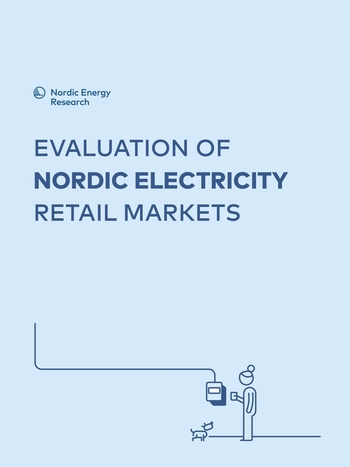Large? Clothing sizes and size labeling

Information
Publish date
Abstract
This report examines the relationship between the clothing sizes and the size labeling given in the garments, and how the consumers experience it. The research is based on three different sources: a consumer survey, clothing size measurements in shops and in-depth interviews. The data is collected from three Nordic Countries; Finland, Norway, and Sweden. The size measurement results and the survey answers indicate that sizing systems are confusing and full of disparities. The European committee for standardization is developing a common European size code for garments, but they have experienced problems in reaching a system that indicates the sizes accurately, but still does not get too long and complicated for the consumers to understand or for the manufactures to use. A common and well-functioning size labeling system would be an advantage to many consumers, in particular to groups who find the size labeling insufficient, and for the consumers that are not able to try on clothes in the stores themselves. We also hope that a better understanding of the relationship between bodies, clothes and size labeling will be useful in future discussions, due to the growing focus on body and dieting, as well as the increased weight of the population. And finally, a diminishing number of mistake purchases will be beneficial for the environment as it decreases the disposal of textiles. The authors are Kirsi Laitala, Benedicte Hauge and Ingun Grimstad Klepp from Norwegian National Institute for Consumer Research (SIFO)
Publication number
2009:503




